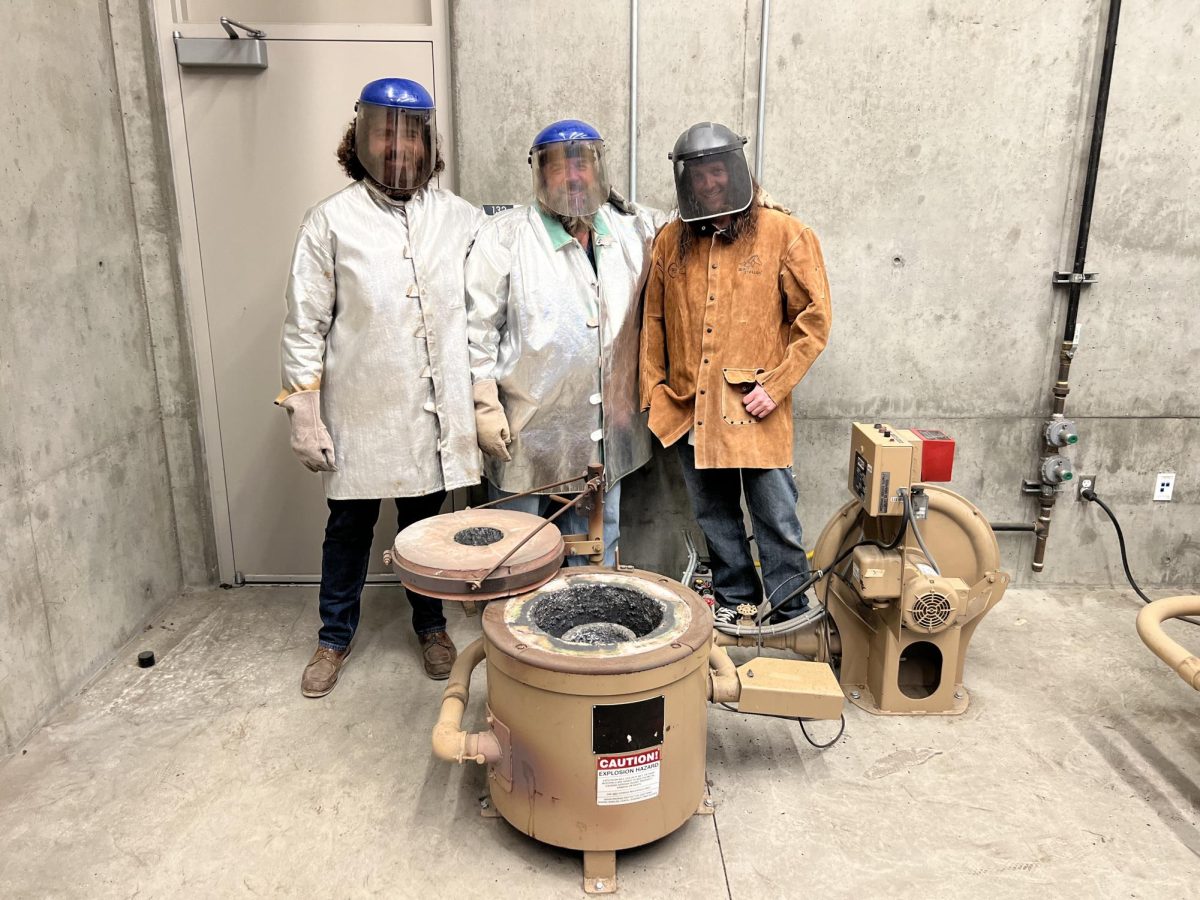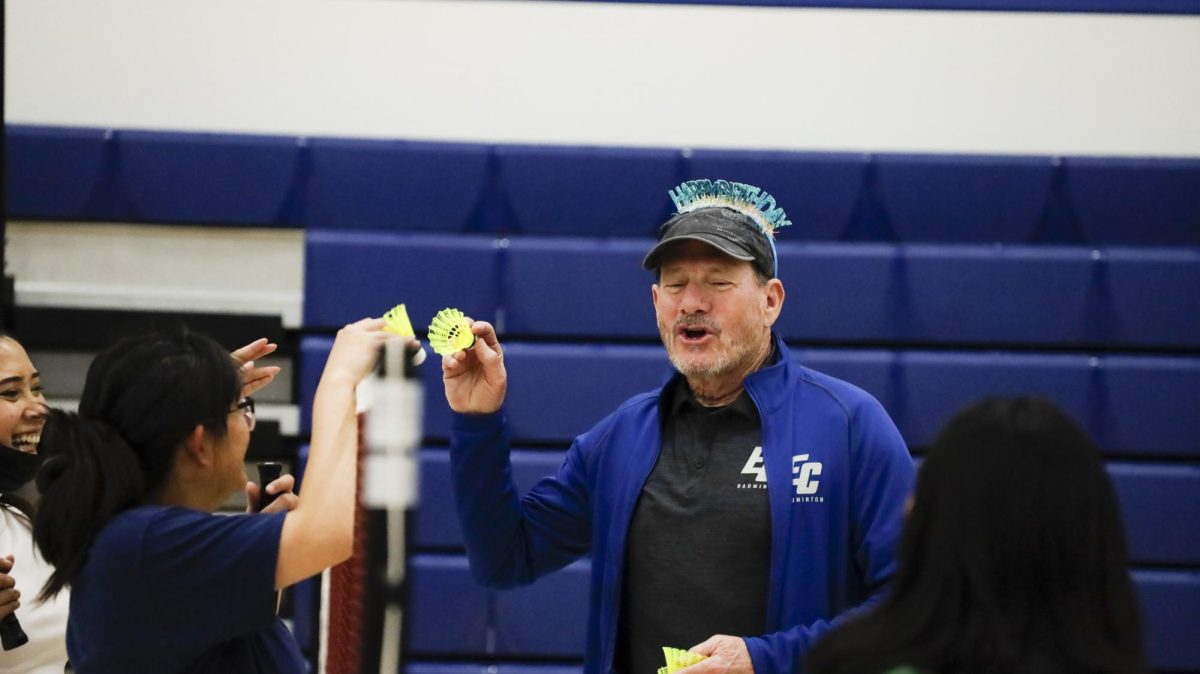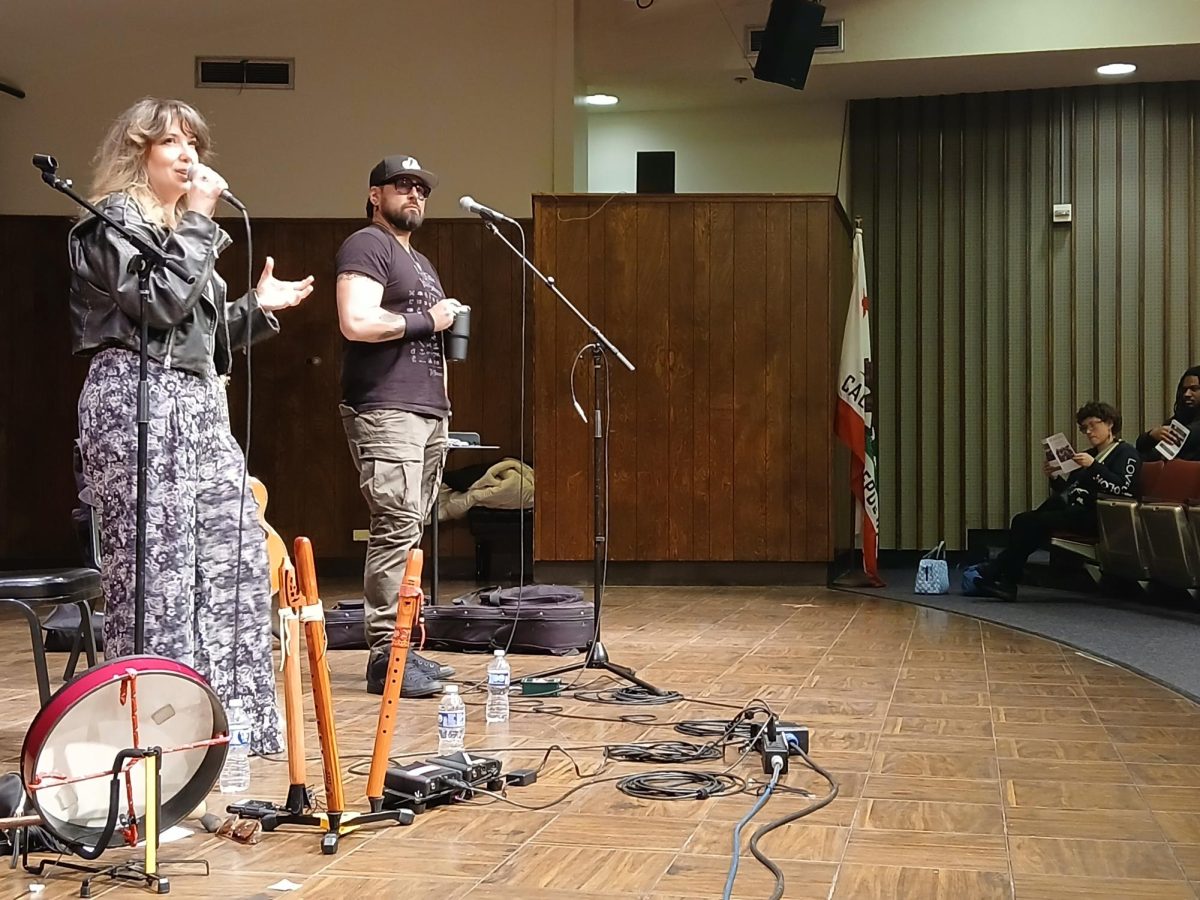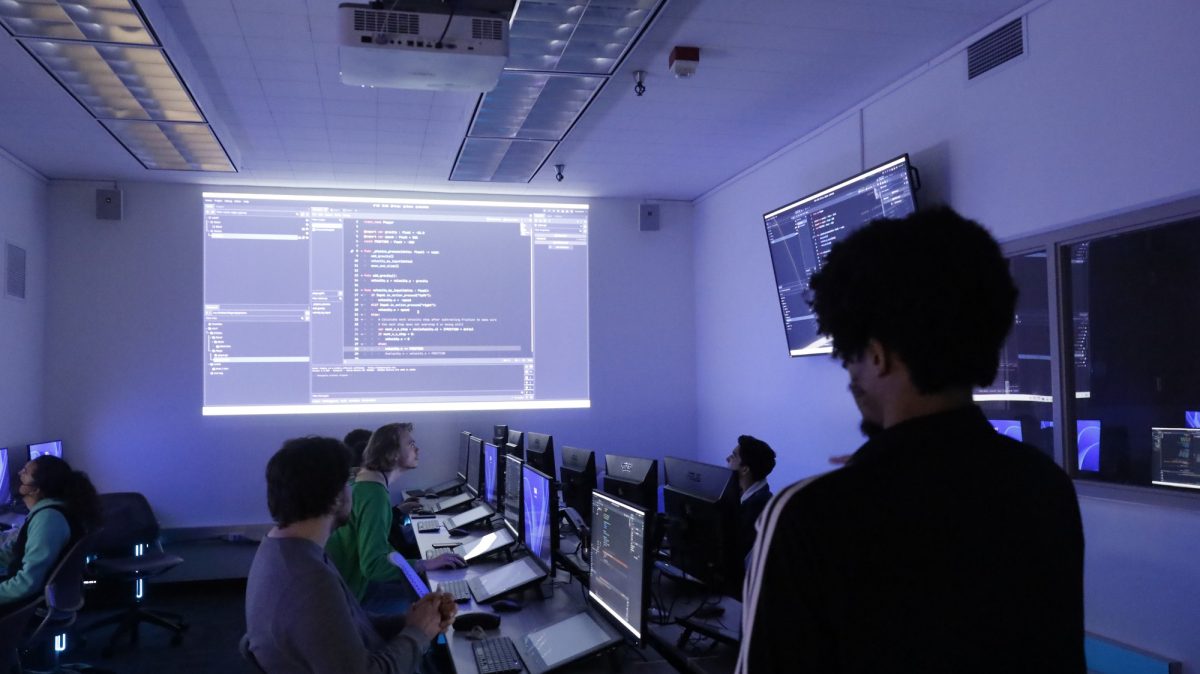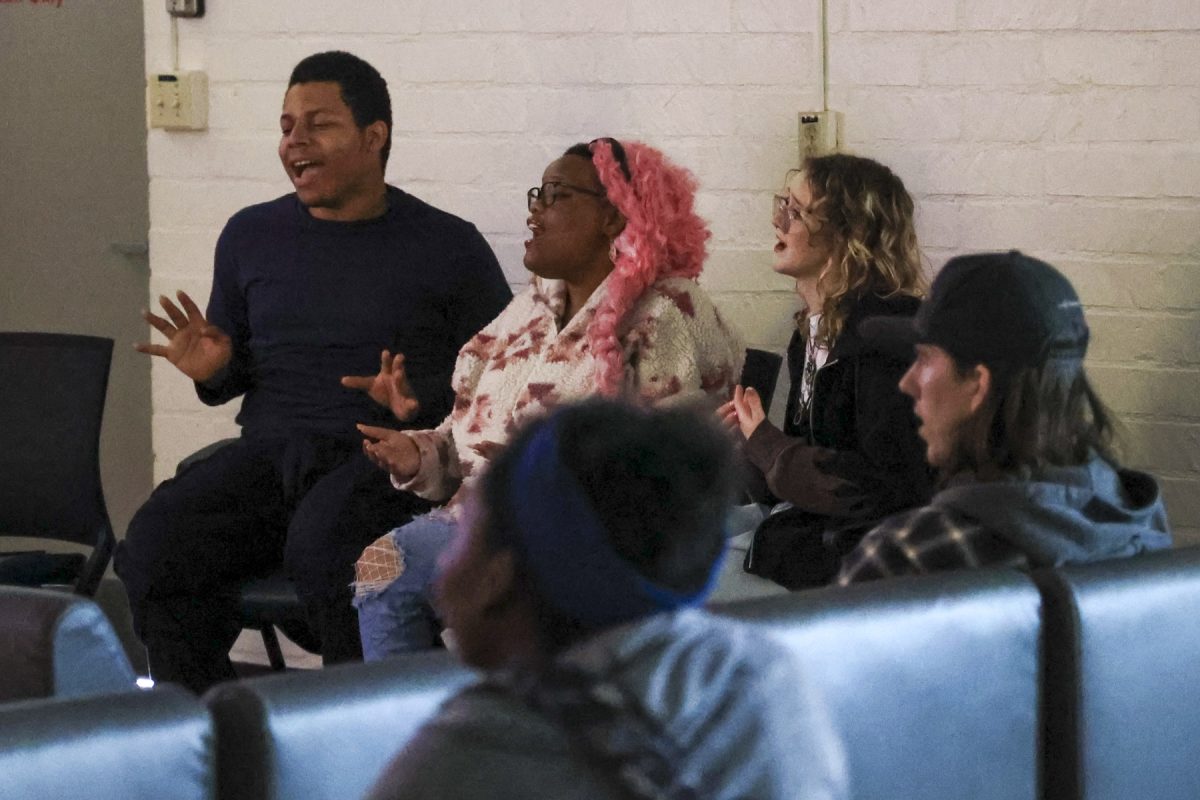Living off just $50 a month.
Teaching in a small, secular village near the jungle of Paso Ancho in Jalisco, Mexico.
Colorful plantations of papaya and vegetables surrounded his living grounds and workspace.
This sounds out of the ordinary for California-native art, sculpture and design professor Russell “Russ” McMillin, who has taught classes at El Camino College for the past 23 years.
“Everybody has amazing creativity inside of them and my job is to just help unlock that for them, to unlock their voice,” McMillin said.
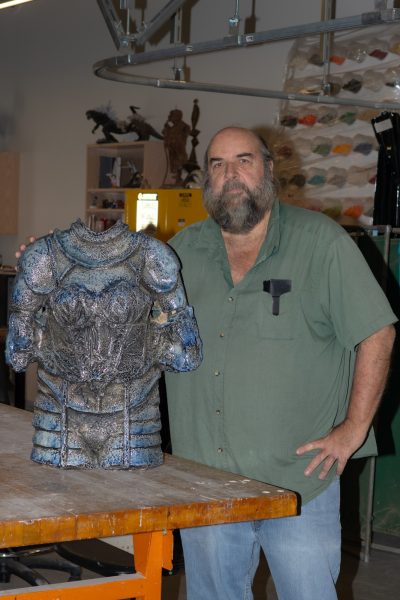
McMillin is among faculty at ECC taking part in the Supplemental Early Retirement Plan, or what he calls the “golden handshake,” making spring 2025 his last semester.
He began teaching at ECC as an assistant art professor in spring 2002, and was interviewed for the position by his former art department colleague, Irene Mori.
“I really think she was the main reason I got the job,” he said. “She seemed [to be] the one that got what I was.”’
His journey from learning art to teaching it was eventful.
McMillin had attended Santa Monica College as a business major, where he took various classes, describing himself as being “broadly interested in a lot of different things.”
Until one day, he visited a counselor and realized the majority of his units were in art, not business.
He later transferred to Sonoma State University as an art major with an emphasis in drawing and sculpture.
After college, he worked in product design at a subsidiary of Hallmark, creating a fantasy line of dragons, gnomes, fairies and angels made of porcelain.
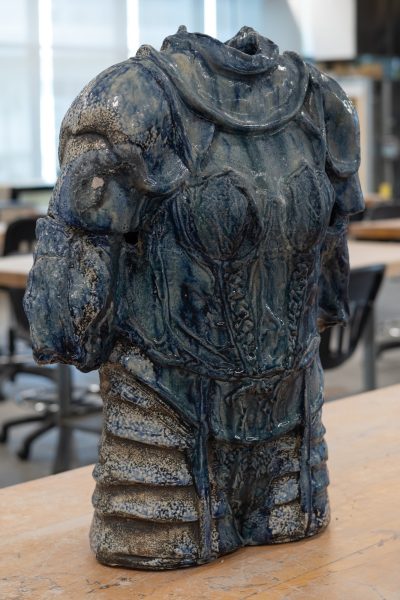
He worked there before moving to Mexico to help his then-girlfriend settle in to teach schoolchildren English.
But the school’s director offered him the opportunity to teach art, which he took, teaching there for a year.
“[I] never thought about teaching, just about making money from art,” he said. “The night before I started, I asked the Lord, ‘Please don’t let me mess these kids up.’”
What began as worry led to an innumerable amount of wonderful experiences for McMillin and his students.
He described his experience in Mexico as built upon a community of people who valued the arts and humanities,
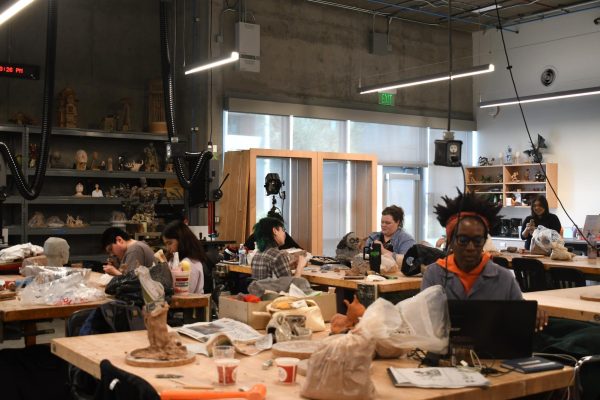
He encountered more poets than he ever did back home and noticed that dance and music was a huge part of the culture.
McMillin would go on field trips with his students by taking a 10-cent bus ride to Puerto Vallarta, Jalisco to visit art museums and galleries that represented Mexico’s history and Western European art.
They would also hike the river up the mountains in Paso Ancho to create art pieces and poetry that reflected their wildlife.
McMillin describes art as the way humans tell stories.
“We are creating images in the mind with words,” he said. “We’re depicting visual culture.”
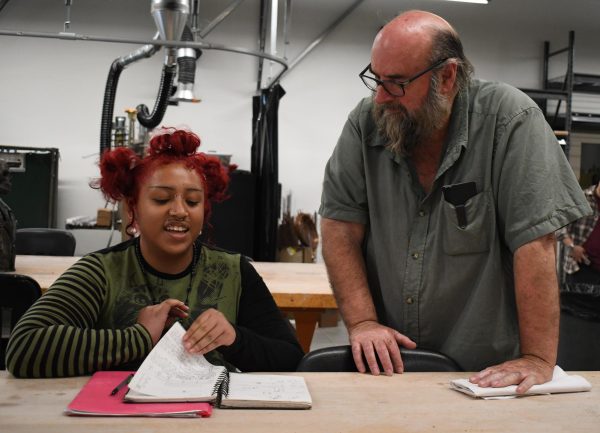
Although there was a bit of a language barrier, he was able to connect with his students through art.
“Art is a universal language,” McMillin said.
After his time in Mexico, he got his masters in sculpture at California State University, Northridge, where he primarily focused on foundry work and bronze casting.
During his time there, McMillin met his current colleague, Fine Arts technical specialist Adrian Amjadi, who was taking his sculpture class.
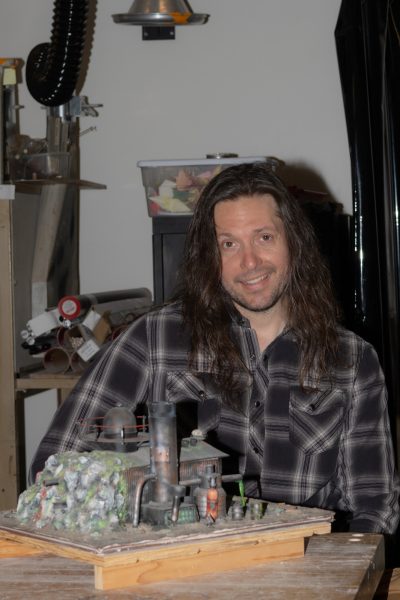
“He’s taking it [retirement] better than some of us are, he’s sad, I know that, and he really wanted to see us kind of take off in the new building before he were to leave,” Amjadi said. “We’re devastated, so it’s a different thing.”
Amjadi works in the Fine Arts Division and assists throughout the Arts Complex building, including in the sculpture classroom and foundry area.
“We want the best for [McMillin], he’s family, and he deserves the best,” Amjadi said.
For many years, McMillin worked at the Los Angeles-based nonprofit Hollywood Cinema Production Resources, where he taught skills in the entertainment and arts industry to at-risk youth between the ages of 15 to 21.
That work inspired the popular culture-angle behind his well-known “Future Project,” where beginning sculpture students create a project which envisions the future using found materials and recyclables.
“Russ is always encouraging and pushing us to always do better and pursue stuff that we might like or give us more options,” Kimberly Villacreses, temporary non-classified worker for sculpture, said.
Villacreses previously took McMillin’s Beginning Sculpture, Life Sculpture and Bronze Casting classes, where she said he taught her to keep pushing herself and to never doubt her abilities.
“When Russ told me [about his retirement] I was fine for the first week and then I started talking to him more about it and I started crying because I’m not used to change” she said. “I feel the school is losing that wisdom and experience from Russ.”
McMillin’s favorite memory at ECC is the molten bronze metal pours which would occur during the art department’s annual open house events, which a couple thousand people from the campus community and beyond would attend.
“Best job I’ve ever had in my life,” McMillin said.



